Cannabis Pests – Introduction
Id’ing pests on cannabis first time is vital. Making a mistake can lead to longer remedial time, making your problem worse. So to ensure you get it right the first time, we’ve put together this simple guide on id’ing some of the usual pests found on cannabis. We’ll also include links to products or predators to help deal with them. A Magnifying Loupe, Phonescope or any magnifying lens aids in id’ing cannabis pests.
Spider Mites
There are a few kinds of spider-mites. The two spotted and carmine are the most common spider mites found on cannabis. The two spotted spider mite has a dark spot on each side of it’s pale body. The carmine spider mite has a dark maroon coloured body with white legs. Then there is the red citrus mite, often confused with the red spider mite. It’s slightly smaller and red all over, even their legs.
All these mites create small white spots on the surface of leaves the size of a pin head. With spider mites, there is often the presence of webbing as they take over. This is not true for the red citrus mite that can’t spin webs. The absence of webbing confirms you are dealing with the citrus mite, a specific type of cannabis pests.
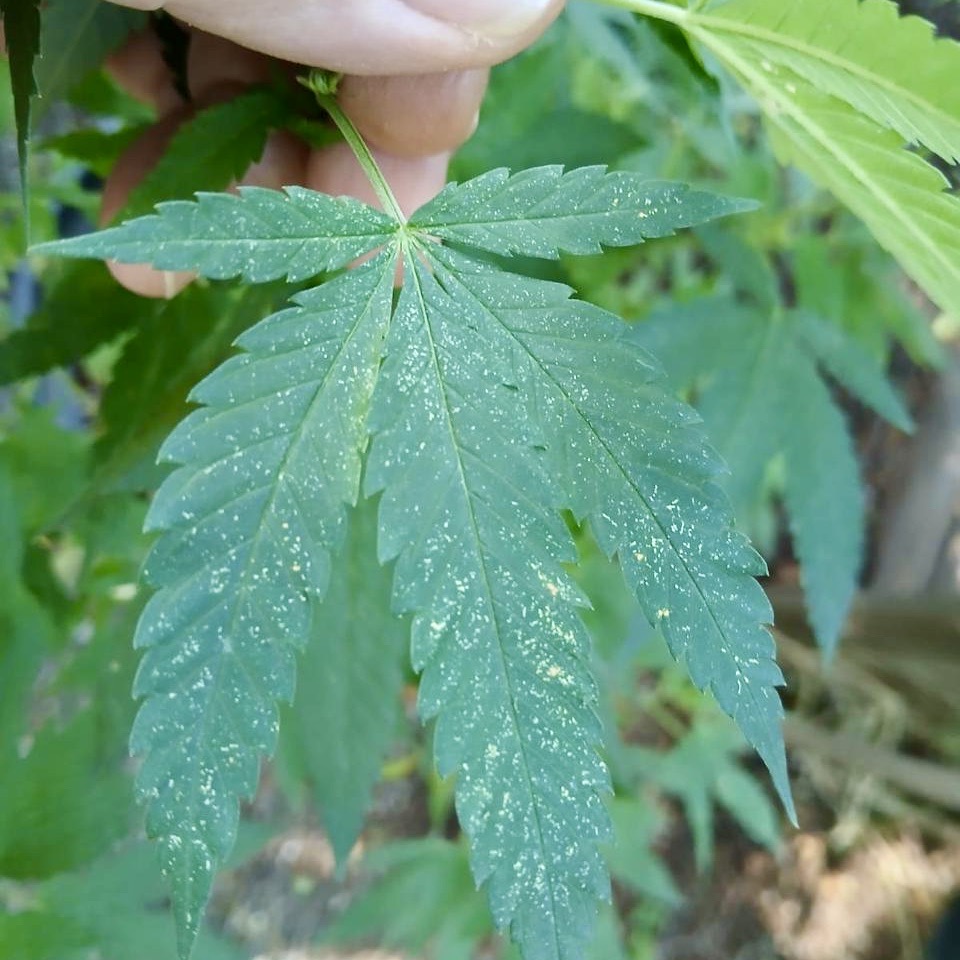
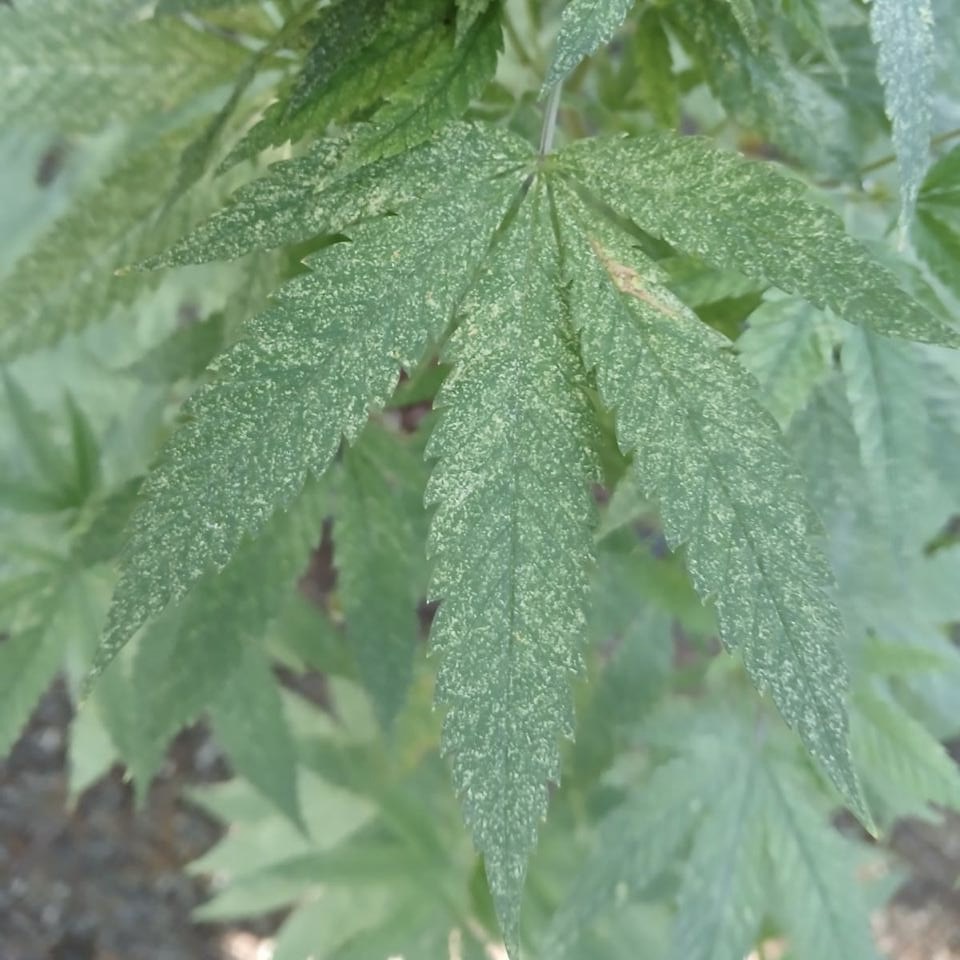
Predatory mites that can deal with spider mites include persimilis and californicus. Only californicus are of any help against the red citrus mite. Sprays with Bio-Neem, Neudosan and Bio-Insek can aid in both prevention and spider mite control for your cannabis plants.
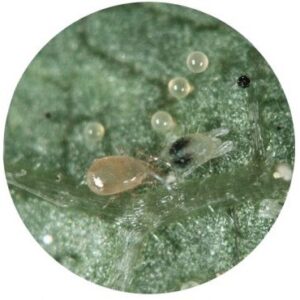
Thrips
Thrips are a common and hardy pest on cannabis plants. They are slender-bodied and small, 1-1.5 mm in length. Adults have fringed wings and vary from yellow to brown. Young thrips don’t have wings and often green making them hard to see. Thrips have piercing and sucking mouth parts. They are used to suck out the fluid in the outer layer of the leaf surface. Their feeding causes stippling or flecking on leaf surfaces and they leave little black faecal matter dots. Damage can also look like a silver sheen on the leaf, which is a sign of cannabis pests.
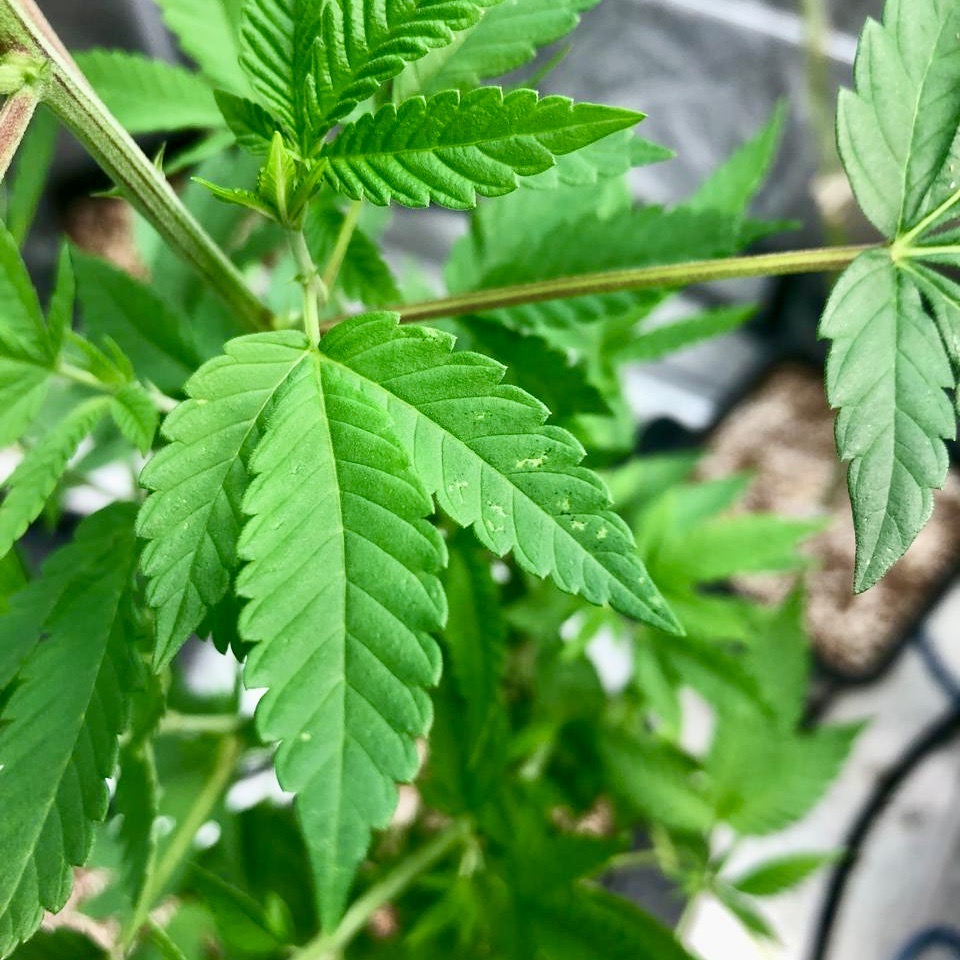

Often called the green house curse, thrips are a tricky pest to deal with. They have been known to build up tolerance to pesticides over time. When applying products via a sprayer, thrips ‘flick’ off the plant to climb back up later.
Predatory mites that control thrips include swirskii and cucumeris. Bio-Neem and Bio-Insek are the most effective against thrips as a contact and residual pesticide. Thrips spend a part of their life cycle in the soil. Applying pesticides to the top layer of growing mediums is a good idea, especially when dealing with cannabis pests. Repeat applications of any control will give the best results.
Aphids
Aphids are a very common pest on many plants in the garden. Skin sheds can be a sign of aphids. Aphids range in size between 1-4 mm in length with soft pear-shaped bodies. They can be found in a variety of colours from clear, green, grey, brown and black. Easy to id by their 6 legs, long antennae and 2 tubes that stick out of their abdomen called cornicles. Aphids can be winged or wingless, one of the notable cannabis pests.
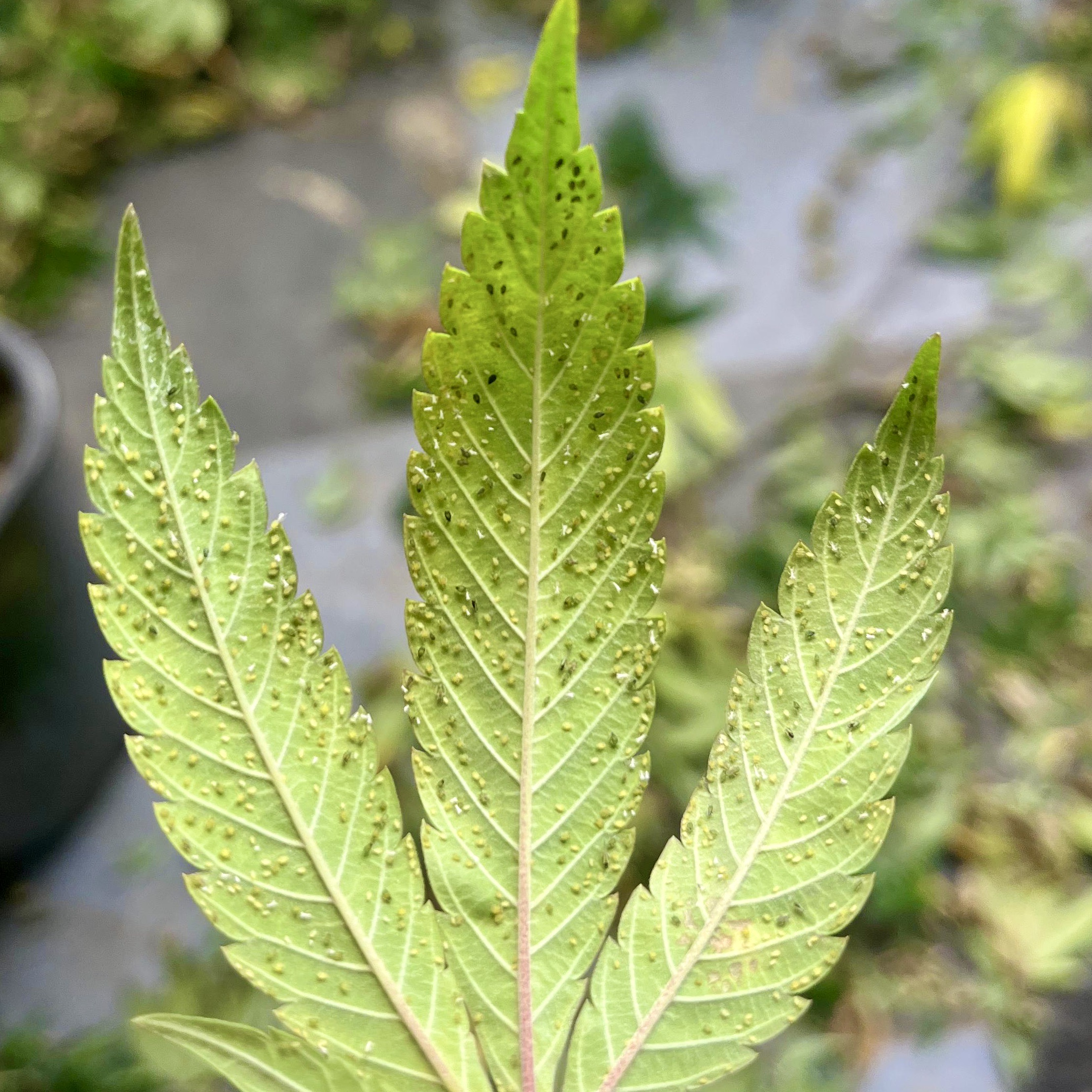
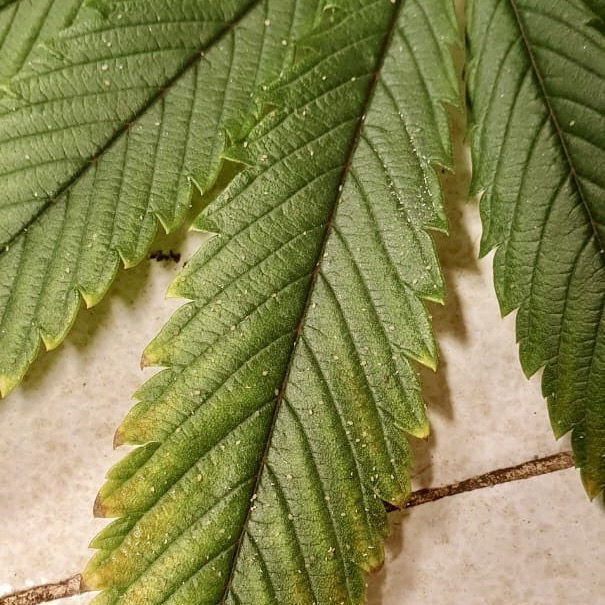
Aphids use their long, straw like mouth parts to pierce the plant tissue. They suck sap causing leaf distortion. While feeding, aphids will secrete a sticky fluid called “honey dew” which leads to sooty mould if left untreated. Skin sheds left behind by moulting insects can also taint flowers.
Products like Bio-Neem, Bio-Insek, Neudosan and even Hydrogen Peroxide are effective against aphids. Affordable bio control of aphids include locally bred Lacewings. Ladybirds and a native parasitic wasps are common in most flower gardens across SA controlling these cannabis pests.
Fungus Gnats
Fungus gnat adults look similar to small mosquitoes. They are roughly 3-4 mm long and have gangly, long legs. Fungus gnats have 1 set of wings and have a dark body. The larvae are clear, legless maggots with a dark head capsule. Larvae are about 5 mm in length. Small flying insects indicate the presence of these cannabis pests.
Although the adults do not feed on plant tissue, they spread fungus of many kinds. If you want to control fungal infection in plants, you should also control fungus gnats. Their larvae can cause serious damage to the roots of the plants they feed on. If left untreated, decay and infection will set in, quickly killing plants.
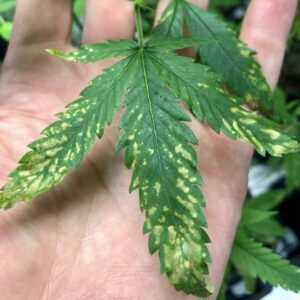
Guard’n’Aid Insect Catcher, or yellow sticky traps, are effective at controlling adults, but it’s not enough. Bio-Insek contains two types of fungi parasitic to insects and should be sprayed on the top of the growing medium. Have multiple attack angles for fungus gnats to reduce their numbers over a period of 1-2 weeks until gone.
Caterpillars
The African Bollworm and other larvae can destroy a cannabis plant in a few days. Caterpillars vary in colour but are usually a combo of creams, greens and browns. Some have lines or spots down their sides. These larvae are some of the most destructive cannabis pests you’ll come across.
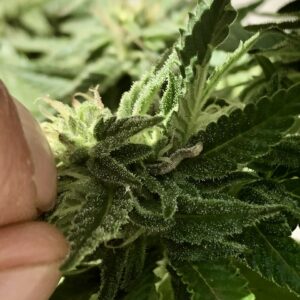
Besides the usual dying flowers, bollworm often spread fungal infection like bud rot (botrytis) with their trail of stools.
A simple bacteria is used to prevent and control bollworm and other larvae. Used in agri as far back as the ancient Egyptians. Sold as Delfin Biological Caterpillar Insecticide, it is ok to spray on flowering cannabis. It’s also very safe for humans, mammals and beneficial insects alike. Once consumed, the alkali gut of the larvae digests the bacteria into a toxin. The gut then simply stops working and the larvae ‘loses’ its appetite. Quickly starving to death, Delfin is an effective solution against these pests on cannabis.
Cannabis Pests – Conclusion
Controlling pests on cannabis is a on going task, often easier to prevent than cure. Pesticide applications should be carefully thught through and the label properly studied. Most often repeat applications and alternating between products to minimise pest tolerance is good practise.
When releasing beneficial insects or predators, it’s key to remember that they are living animals. Their success rate depends on many factors like humidity and initial pest presence. Speak to us if you’d like to go this route or read our post on Predatory Mites For Cannabis for more insight in using beneficials for managing cannabis pests.
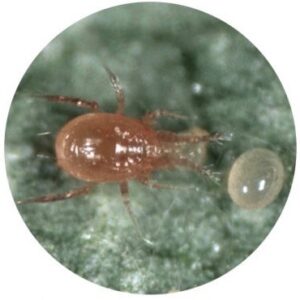
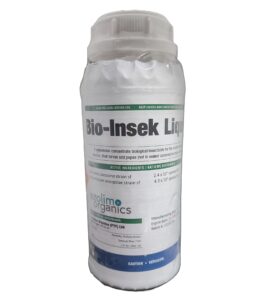
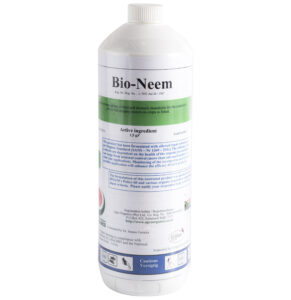
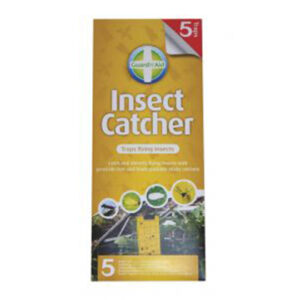
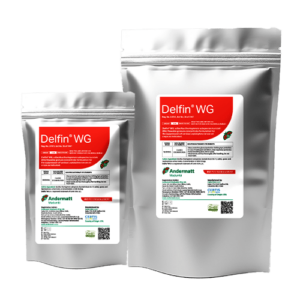



1 Comment
Predatory Mites For Cannabis - Happy Harvest · February 19, 2025 at 4:41 pm
[…] this guide can help you decide on which type of serviceman is best for the job. Read our Cannabis Pest – Identification Guide if you don’t know what pest you’re dealing […]